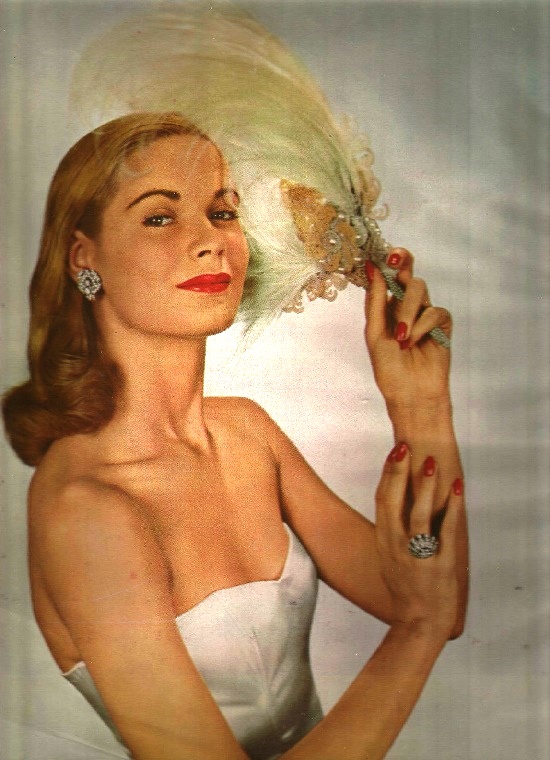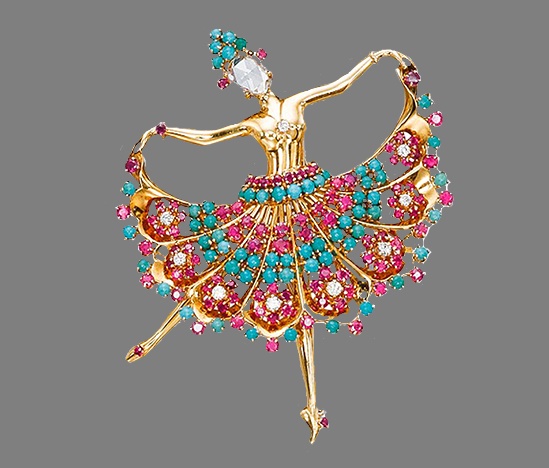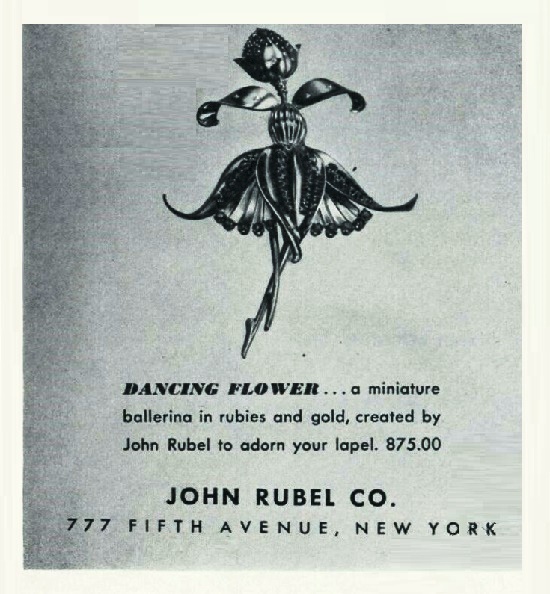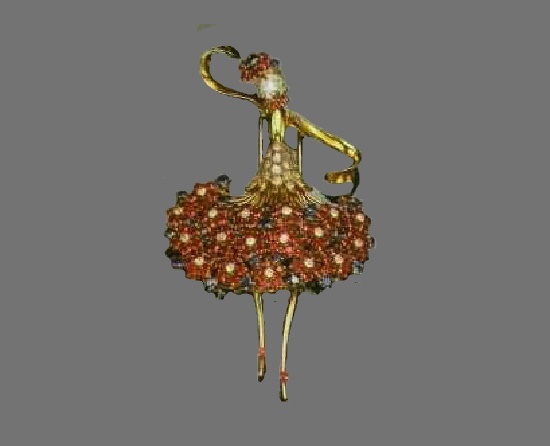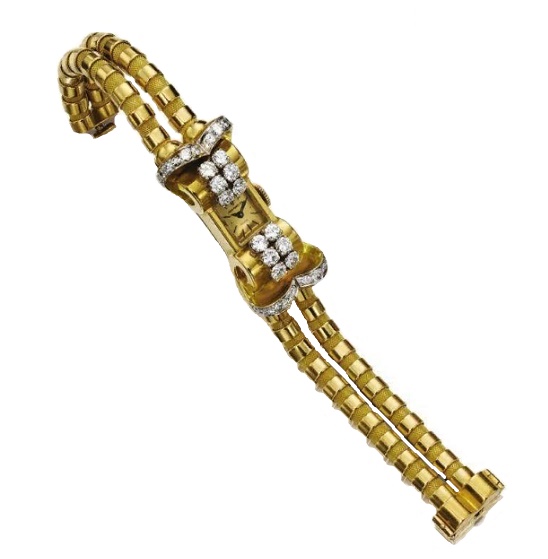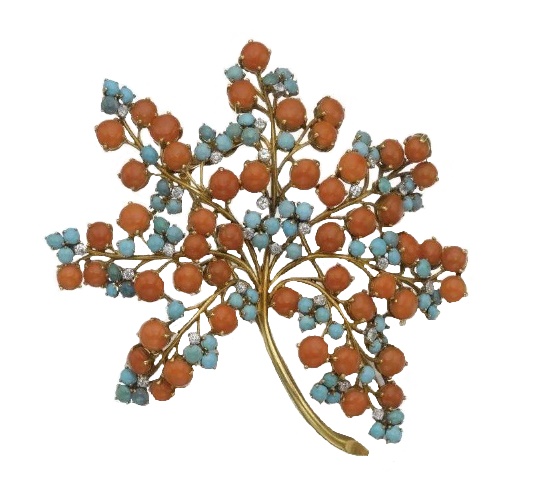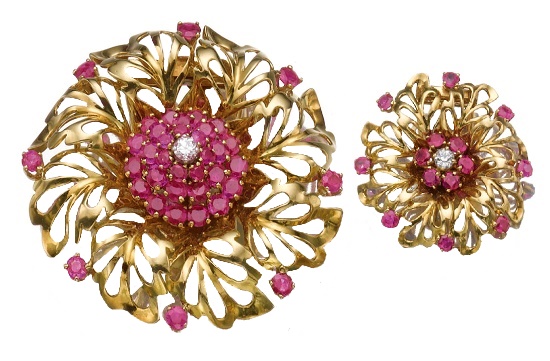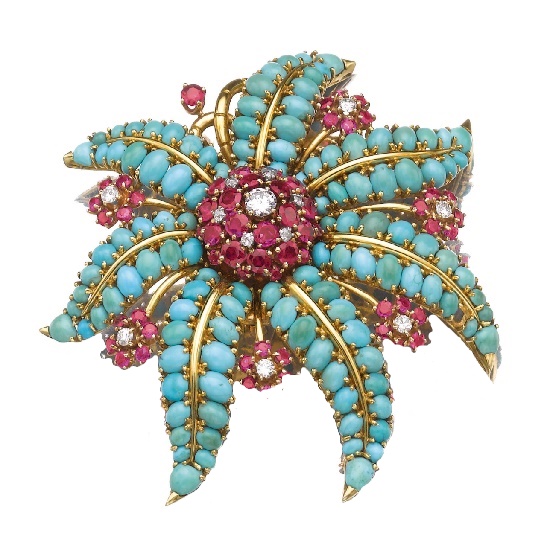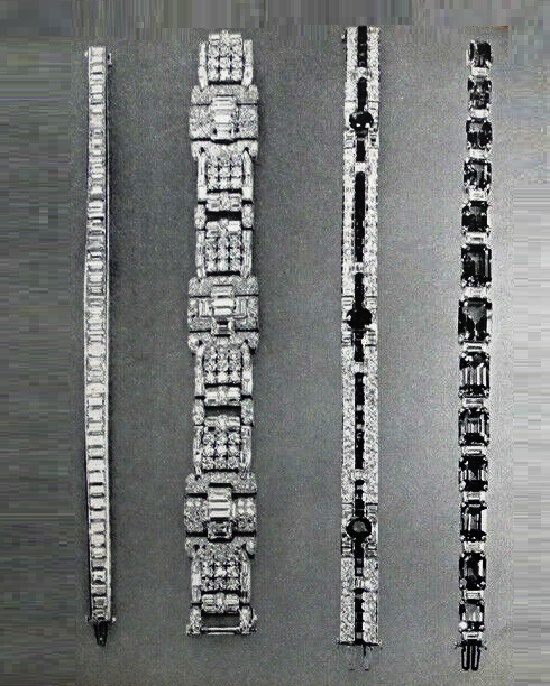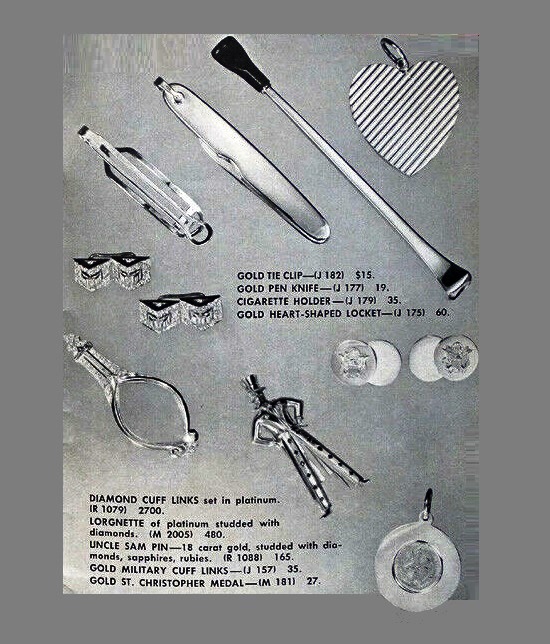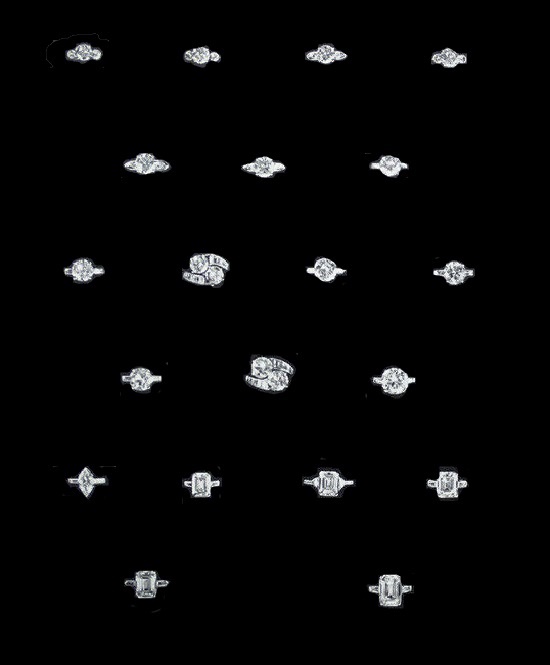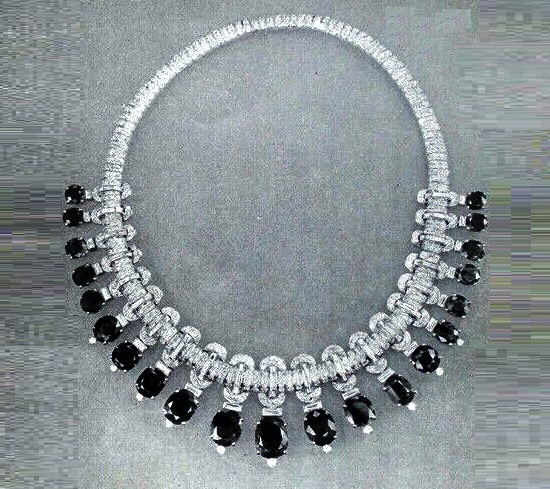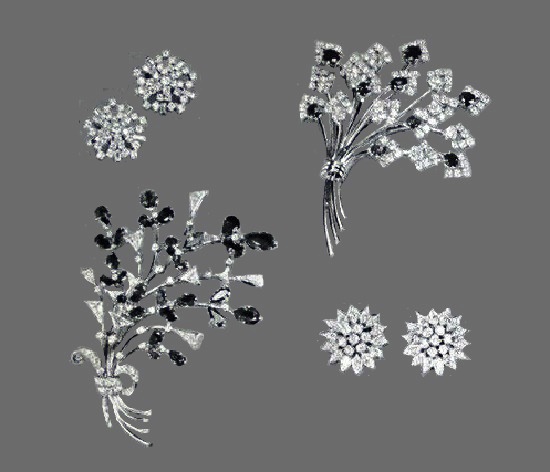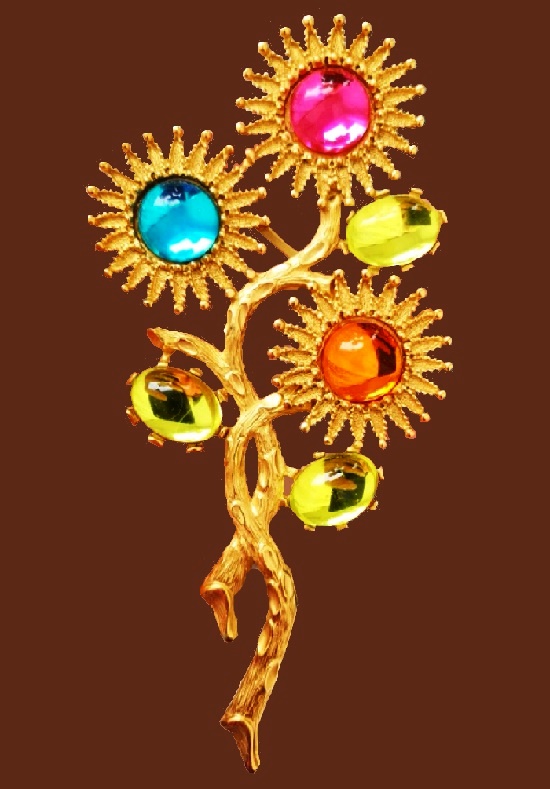Robert and John Rubel jewellery
Robert and John Rubel jewellery
Born in the Austro-Hungarian Empire in the late 1800s, brothers Robert and John Rubel created high jewelry pieces in their workshop in Hungary. In 1915, they moved to Paris and began creating under the name Rubel Freres.
The Rubel brothers set up a jewelry workshop near one of the five “royal squares” of Paris, the famous Place Vendome. The place was famous for its jewelry boutiques, including Chanel headquarters, Cartier and Chaumet. Also, since 1934, the house number 21 belongs to the fashion house of Elsa Schiaparelli.
Noteworthy, Van Cliff & Arpels quickly became their customer and part of their production.
Thanks to the extraordinary skills and craftsmanship, the company enjoyed success, having opened branches in Paris and London. When Van Cleef & Arpels opened its first workshop and store in New York City in 1939, the Rubel brothers moved there too.
However, in 1943 they stopped their collaboration with Van Cleef, and opened their own business at 777 on Fifth Avenue. They began selling their own designs as John Rubel & Co. The firm became nationally famous after developing a ballerina-shaped brooch. Within 3 years they had become as iconic and fashionable as some other jewelry brands like Cartier and Boucheron.
Robert and John Rubel jewellery
One day, Rubel spent time in a Latin American bar on the east side of Manhattan. He sketched the female silhouette of a flamenco dancer on the corner paper tablecloth. The next day, he showed the drawing to VC & A’s chief designer Maurice Duvalier, who immediately accepted the design. It was in 1940. However, Van Cliff & Arpels produced the first ballerina brooch only in 1945.
Unfortunately, the WWII had undermined the jewelry business and the diamond trade of Rubel brothers. The company ceased to exist late in 1940s. Today, prices on vintage jewels found on the second market at auctions rise very high.
Noteworthy, Sophie Mizrahi-Rubel, heiress of the Rubel family restored the company. The talented jeweler, she gained experience having worked for such prestigious brands as Cartier, Boucheron and Van Cliff & Arpels. She decided to reboot the iconic brand in 2015.

14 K Gold compact, gold cigarette case, silver compact with gold and ruby ornament, gold cigarette case with sapphires. $20 000
Robert and John Rubel jewellery
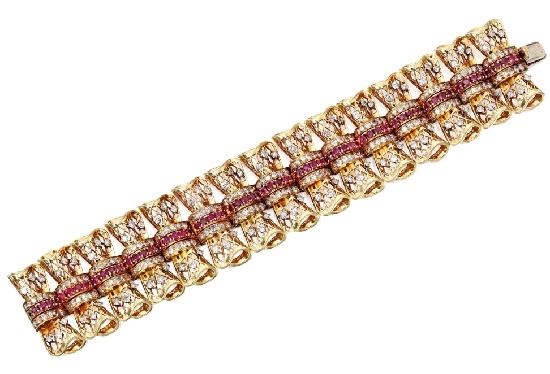
Stylized bow-shaped links of openwork form resembling lace, set with diamonds, accented by round rubies, circa 1945
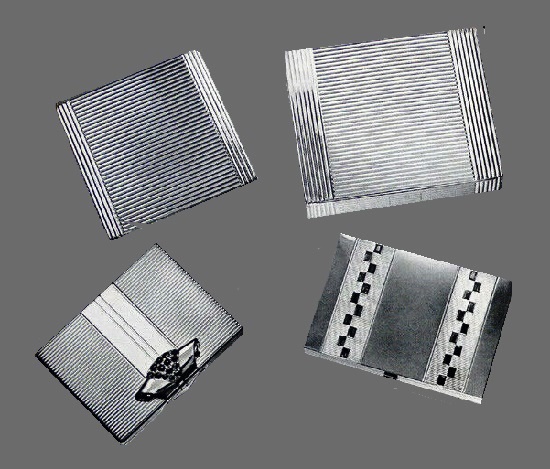
14 K Gold compact, gold cigarette case, silver compact with gold and ruby ornament, gold cigarette case with sapphires
